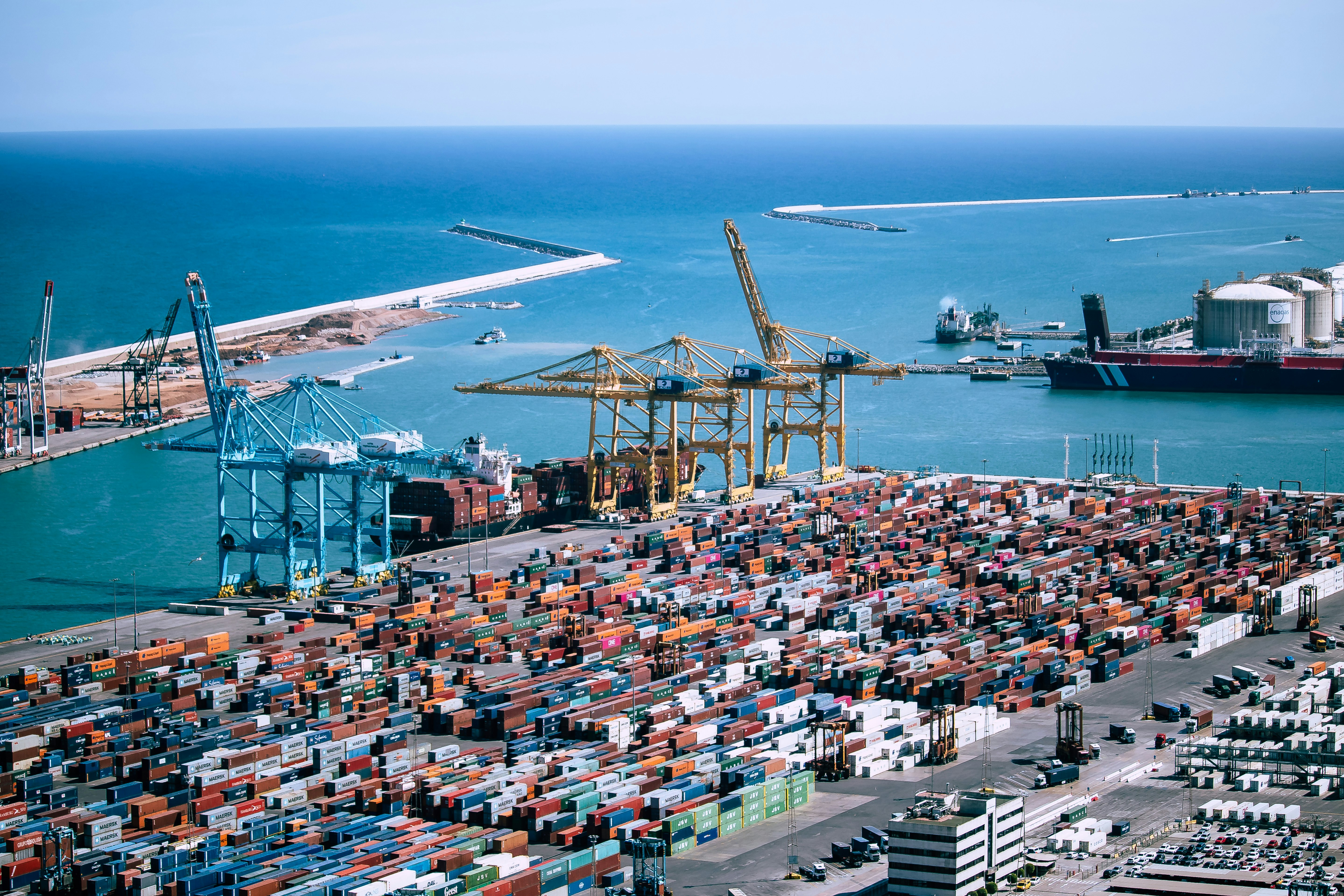- Supply chain disruptions
The COVID-19 pandemic has undoubtedly affected manufacturing companies and retailers equally. These are the industries that help sell retail products and ensure the customers' manufacturing needs are achieved without a hitch. With the pandemic which affected industries in the past three years, we have seen challenges moving materials which have adversely disrupted the supply chain in manufacturing. This has led to delays in the fulfillment and shipping of goods.
- Lack of dedicated routes
Backlogs in inventory can also occur in a business environment where there is a lack of dedicated product delivery routes or maps for their drivers. With no strategic approach to routing and delivery of products, drivers are likely to waste more time on the road and increase the distance as they try to map out routes.
- Unavailability of driver capacity
Most businesses have more demand that outshines their abilities. As such, they experience inventory increases mainly during the pandemic, leading to backlogs due to a lack of capacity. Even if a company has the best operations but less capacity, it will fail to fulfill the order because it lacks crucial components, such as drivers responsible for delivering shipments.
To minimize inventory backlogs, retailers must prepare by creating a delivery plan with proper routing and getting the right people in place. Furthermore, they must work with partners specializing in developing effective delivery programs. Reduction of backlogs in inventory begins with developing a comprehensive last-mile routing delivery system. This starts with the transportation of products from a warehouse or a distribution center and ends with the delivery of the product to the customer's doorstep. By developing an effective delivery routed strategy with the help of partners, you can get certain types of benefits, such as clear and strategic routes and prepare for unexpected events, as the pandemic has shown us.
You can also save time and effort by ensuring drivers have a pre-planned delivery map that they follow. Such a plan maps out the best route drivers can follow and stay on schedule to reach their destinations on time. Since delivery involves many stops on the agenda, routed deliveries will help drivers organize their stops and create a proper strategy to reach each of their drop-off destinations. With high traffic and detours, drivers can suffer significantly on their routes. However, having a clear and strategic routed delivery schedule for each driver will help in planning for unexpected events. A well-thought-out routing plan allows drivers to look for alternative routes and avoid traffic. This will mean that they spend less on fuel costs, road hours and long-term maintenance of trucks.
However, even with the right routed delivery schedule, you cannot achieve your goals without drivers. Therefore, your company has to know where to get skilled, reliable drivers to tackle delivery challenges, mainly if your company has been experiencing an increase in inventory backlogs due to reduced capacity. Although it is crucial, the search and hiring process can be time-consuming since it can take weeks or even months to look for, interview, hire and train divers. However, you can speed up the process by using partners to give you help in creating intricate routed delivery strategies, vet drivers, train them and ensure they are ready to pick bulky shipments.





